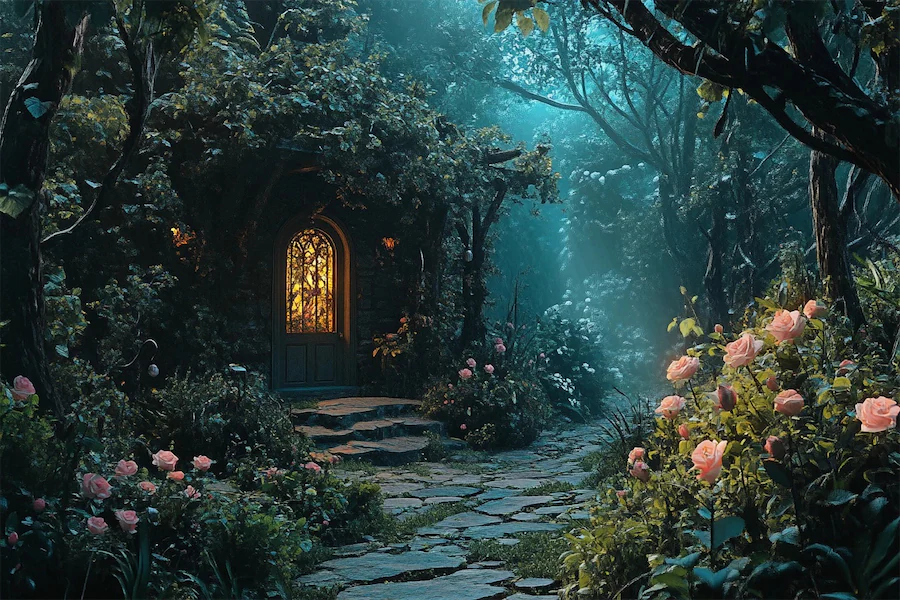A “Secret Garden” refers to a secluded, often enclosed space designed for privacy, reflection, and intimate connection with nature. These gardens have evolved over time, blending historical influences with modern design principles to create personal sanctuaries.
History and Origins of Secret Gardens
The concept of the secret garden dates back to the Italian Renaissance, where the giardino segreto was an intimate, enclosed area within larger gardens, inspired by monastic cloisters. These spaces were intended for contemplation and private conversations, embodying the Renaissance ideals of harmony and order
Over time, the allure of hidden gardens spread across Europe, influencing garden designs in France and England, where they became symbols of status and personal retreat.
Key Features of Secret Gardens
Secret gardens are characterized by several distinctive features:
- Enclosure and Privacy: High walls, dense hedges, or trellises create a sense of seclusion, shielding the space from the outside world.
- Intimate Spaces: Cozy seating areas, winding paths, and secluded nooks encourage relaxation and reflection.
- Lush Planting: A diverse selection of plants, including fragrant flowers, climbing vines, and shade-providing trees, enhances the sensory experience.
- Water Features: Fountains, ponds, or streams add soothing sounds and a cooling effect, contributing to the tranquil atmosphere.
- Artistic Elements: Statues, sculptures, or ornamental structures provide focal points and aesthetic interest.
Applications of Secret Gardens
In contemporary architecture and landscape design, secret gardens serve various purposes:
- Urban Retreats: In bustling cities, hidden gardens offer residents a peaceful escape, fostering mental well-being and connection with nature.
- Residential Design: Homeowners incorporate secret gardens to extend living spaces outdoors, creating areas for dining, reading, or meditation.
- Public Spaces: Parks and institutions design secluded garden areas to provide visitors with moments of tranquility amidst public settings.
Considerations When Creating a Secret Garden
When designing a secret garden, consider the following:
- Location: Choose a site that naturally offers privacy or can be easily enclosed.
- Design Cohesion: Ensure the garden’s style complements the surrounding architecture and landscape.
- Plant Selection: Opt for plants suited to the local climate and soil conditions, focusing on varieties that provide year-round interest.
- Maintenance: Design with sustainability in mind, selecting low-maintenance plants and materials to ensure the garden remains a serene retreat without excessive upkeep.
Conclusion
Secret gardens continue to captivate with their blend of history, mystery, and beauty. By thoughtfully integrating elements of privacy, nature, and design, these hidden sanctuaries offer timeless spaces for personal reflection and escape.
